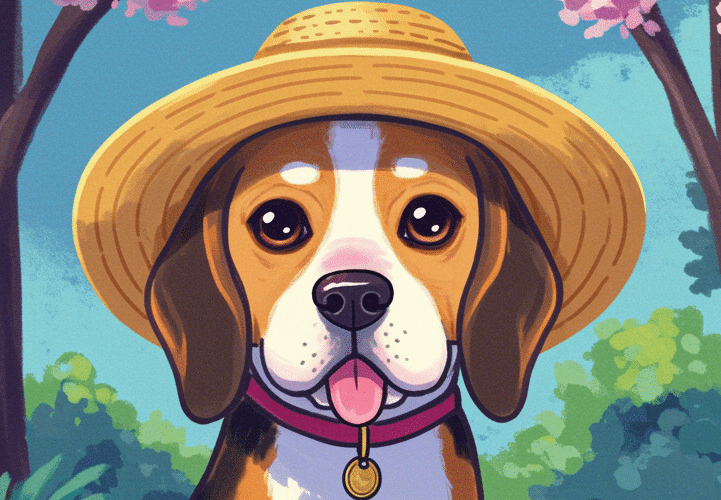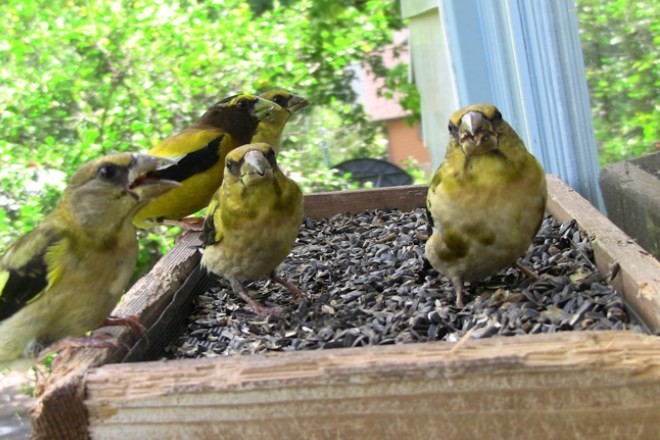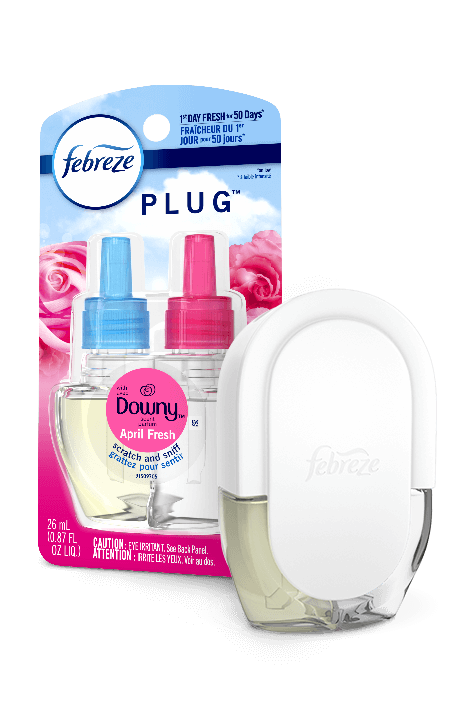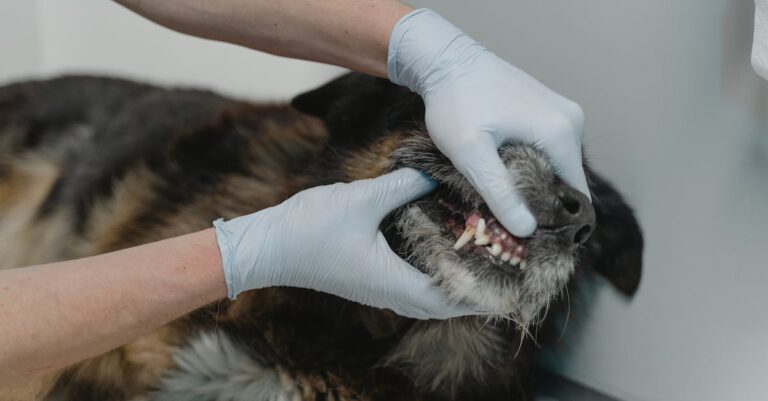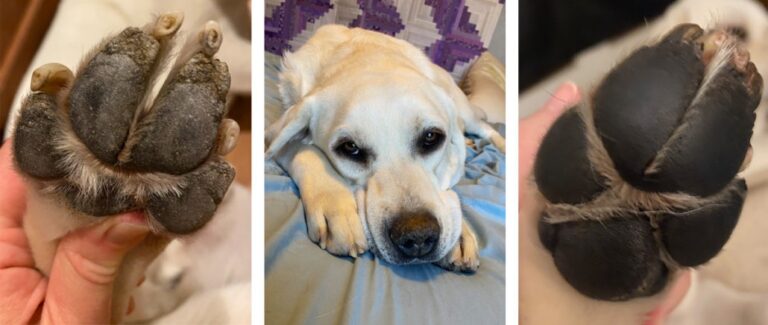Caring for Your Senior Dog: Essential Tips for Their Golden Years
As our canine companions enter their senior years, their needs change significantly. Proper senior dog wellness requires adjustments to their daily care routine, from senior pet nutrition to geriatric dog exercise. This comprehensive guide explores essential aspects of elderly dog care to ensure your loyal friend enjoys a comfortable and dignified golden age.
Understanding Your Aging Canine’s Changing Needs
Dr. Sarah Miller, a veterinary gerontologist with over 20 years of experience, explains: “Just as humans require different care as they age, senior dogs have unique needs that differ significantly from their younger years. Recognizing these changes is the first step in providing optimal care.”
Most dogs are considered seniors between 7-10 years of age, though this varies by breed. Large breeds typically age faster than smaller ones. As your dog enters this life stage, you’ll likely notice physical changes like graying fur, decreased energy, and possibly weight changes.
Appropriate Exercise for Aging Dogs
While your senior pet may not bound with the same enthusiasm as before, maintaining regular activity remains crucial for senior dog mobility and overall health.
Gentle Movement for Joint Health
“Low-impact exercise is essential for maintaining joint flexibility and muscle tone in elderly dogs,” notes canine physical therapist Robert Johnson. “Even short, gentle walks can significantly improve your dog’s quality of life.”
Real-Life Example:
Martha from Oregon found that her 12-year-old Labrador, Max, struggled with longer walks. She implemented what she calls “senior dog circuit training” – several 10-minute walks throughout the day rather than one longer excursion. “Max actually gets more exercise now, but in manageable doses that don’t strain his arthritic joints,” she shares.
Consider these senior-friendly activities:
- Swimming (excellent for arthritic dogs)
- Gentle, short walks on soft surfaces
- Indoor obstacle courses using cushions and low platforms
- Mental stimulation games that incorporate light movement
Veterinarians recommend maintaining a consistent exercise schedule rather than sporadic intense activity. Even 15-20 minutes of gentle movement daily can help maintain your elderly pet’s muscle tone and cardiovascular health.
Specialized Grooming for Comfort and Health
Senior dog grooming needs differ significantly from those of younger pets. As dogs age, their skin often becomes drier and more sensitive, while their coat may thin or change texture.
Adaptive Grooming Techniques
“Senior dogs benefit from more frequent but gentler grooming sessions,” explains professional groomer Jennifer Adams. “This helps prevent matting, allows early detection of skin issues, and becomes a bonding experience rather than a stressful event.”
Helpful Approach: Consider these elderly dog grooming adaptations:
- Use brushes with softer, rounded bristles
- Opt for moisturizing, oatmeal-based pet shampoos
- Schedule shorter, more frequent grooming sessions
- Invest in non-slip mats for bathing safety
- Use pet-safe wipes between baths for sensitive seniors
Steve, whose 14-year-old Shih Tzu suffered from arthritis, shares: “We found that warming the towels slightly before drying her after a bath made grooming time much more comfortable. She actually began to enjoy our grooming routine once we made these senior-friendly adjustments.”
Cognitive Enrichment for Mental Acuity
Just as with humans, cognitive decline can affect our canine companions as they age. Maintaining cognitive health through mental stimulation is a vital aspect of senior dog brain health.
Brain Games for Elderly Dogs
Canine cognitive specialist Dr. James Wilson recommends: “Incorporate new, mentally stimulating activities into your senior dog’s routine. Even teaching old dogs new tricks can help maintain neural pathways and slow cognitive decline.”
Try these mental enrichment activities:
- Food puzzle toys adjusted for senior ability levels
- New walking routes with interesting scents
- Simple training sessions with new commands
- Scent games with hidden treats
- Rotating toys to maintain novelty
Success Story:
Ellen noticed her 13-year-old Border Collie mix showing signs of cognitive decline, including seeming confused about familiar surroundings. After implementing daily “brain training” sessions of just 10 minutes, she observed marked improvement. “We started with simple food puzzles and gradually increased difficulty. After two months, his alertness noticeably improved, and he seemed more present and engaged.”
Early Disease Detection in Elderly Canines
Senior dog preventative care becomes increasingly important as dogs age. Regular veterinary check-ups—ideally twice yearly for seniors—allow for early detection of age-related conditions.
Key Warning Signs to Monitor
Dr. Michael Chen, veterinary geriatric specialist, emphasizes: “The single most important factor in successfully managing age-related diseases is early detection. Senior pet owners should become familiar with their dog’s normal behaviors and body condition to quickly notice subtle changes.”
Watch for these potential indicators of health concerns:
- Changes in water consumption or urination patterns
- Unexplained weight loss or gain
- Decreased interest in previously enjoyed activities
- Difficulty rising or unusual gait
- Bad breath or difficulty eating
- Behavioral changes like increased irritability or confusion
- New lumps or bumps on the skin
Real Case:
Tim noticed his 11-year-old Golden Retriever drinking more water than usual and having accidents in the house despite being well house-trained. Rather than assuming it was just “old age,” he consulted his veterinarian promptly. Blood tests revealed early kidney disease, allowing for immediate dietary changes and medication that significantly slowed disease progression.
![]()
Maintaining Healthy Weight in Senior Dogs
Weight management becomes particularly challenging in elderly dogs as metabolism slows and activity decreases. Both obesity and unintended weight loss can significantly impact senior dog longevity.
Tailored Nutrition for Aging Dogs
“Senior-specific nutrition isn’t just marketing—aging dogs genuinely have different nutritional requirements,” explains veterinary nutritionist Dr. Lisa Anderson. “Proper geriatric dog diet adjustments can help manage chronic conditions and support overall health.”
Consider these weight management strategies:
- Adjust portion sizes based on decreased activity levels
- Choose senior-formulated food with appropriate protein levels
- Split meals into smaller, more frequent feedings
- Incorporate moisture through wet food or water addition for hydration
- Weigh your dog monthly to track subtle changes
Practical Example:
When Carol’s 12-year-old Beagle mixture began gaining weight despite eating the same amount, she worked with her veterinarian to develop a senior-appropriate nutrition plan. “We switched to a lower-calorie senior formula and used a puzzle feeder to slow his eating. The mental stimulation combined with appropriate nutrition helped him reach a healthier weight within three months.”
Effective Pain Management for Comfortable Living
Many senior dogs experience some degree of discomfort from arthritis or other age-related conditions. Recognizing and addressing geriatric dog pain significantly improves quality of life.
Multi-Modal Pain Relief Approaches
Veterinary pain specialist Dr. Thomas Rivera recommends: “The most effective pain management for elderly dogs typically involves a combination approach rather than relying solely on medication. This might include appropriate pharmaceuticals alongside weight management, physical therapy, and environmental modifications.”
Transformative Solutions: Consider these approaches to comfort:
- Anti-inflammatory medications prescribed by your veterinarian
- Joint supplements containing glucosamine and chondroitin
- Acupuncture or therapeutic massage
- Orthopedic beds with memory foam
- Ramps or steps to avoid jumping
- Heated beds for arthritic comfort in cold weather
Margaret’s 15-year-old Dachshund struggled with back pain until she implemented a comprehensive management plan: “We added a gentle chiropractic routine, created ramps throughout the house, and worked with our vet on appropriate medication. The transformation in his mobility and happiness was remarkable—he became playful again despite his advanced age.”
Creating a Senior-Friendly Environment
Simple home adaptations can dramatically improve your elderly dog’s comfort and confidence.
Aging Dog Home Modifications
“Environmental enrichment for senior dogs should focus on accessibility, comfort, and safety,” advises senior pet care specialist Jordan Williams. “Small changes can make a tremendous difference in how your dog navigates their daily life.”
Consider these modifications:
- Non-slip flooring or carpet runners on slippery surfaces
- Night lights to help with nighttime confusion
- Elevated food and water bowls for neck comfort
- Ramps for accessing furniture or outdoor areas
- Temperature-controlled resting areas
By thoughtfully adapting your care routine to address the unique needs of your senior companion, you can help ensure their golden years are comfortable, dignified, and filled with joy. Remember that your veterinarian remains your best partner in developing a personalized care plan for your beloved elderly dog.
